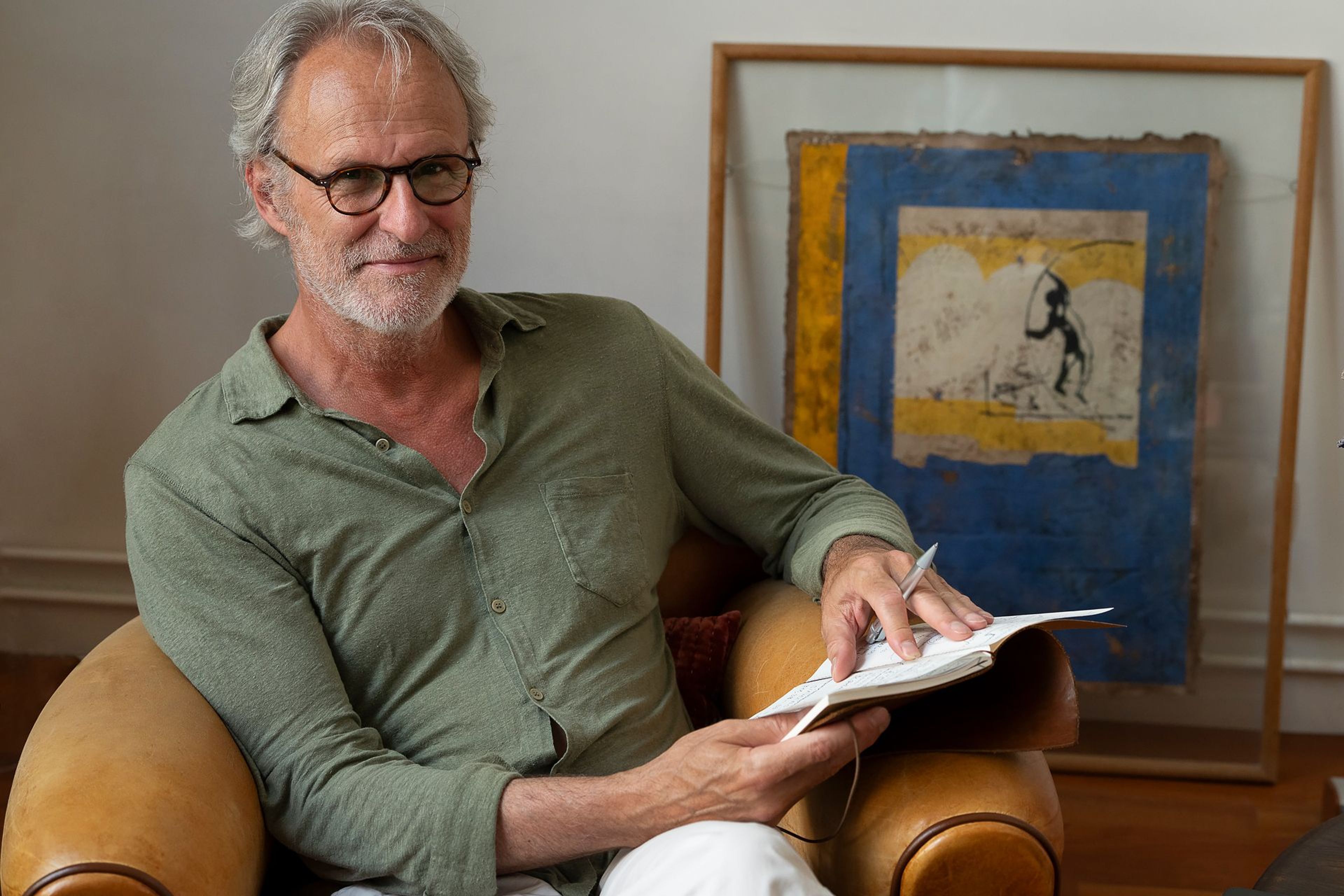
Bernard Crouzet's Paris
- Category
- Inside Guide
- Written by
- Rebecca Withers
- Published
- December 18, 2023
In a fast-moving quarter full of angling avenues and odd intersections, bag-laden pedestrians and frantic bicycles, Bernard Crouzet's long strides slice through the streets like a figure skater on clean ice. Loping from the green corridor of his urban oasis, the filmmaker, who travels the world from Dublin to Bollywood making ethnographic documentaries, takes daily inspiration from the busy streets of his home town.
Bernard has been a Boutique host for many years now, offering guests his Parisian Loft, a glass-backed apartment in a 19th-century railway warehouse overlooking a breathtaking vertical garden of 45,000 plants. The latter is a living tapestry by botanist and hydroponic plant wall inventor Patrick Blanc, and the wall creates an infusion of green, insulating the loft from the street chaos outside.
We first interviewed Bernard back in 2016, when he told us that he spends hours every day walking "in the streets of the city, everywhere, like a maniac." So naturally, our thoughts turned to him to create our inside guide to the city, and we tagged along with him on a recent trip to Paris to discover a few of his favorite spots.
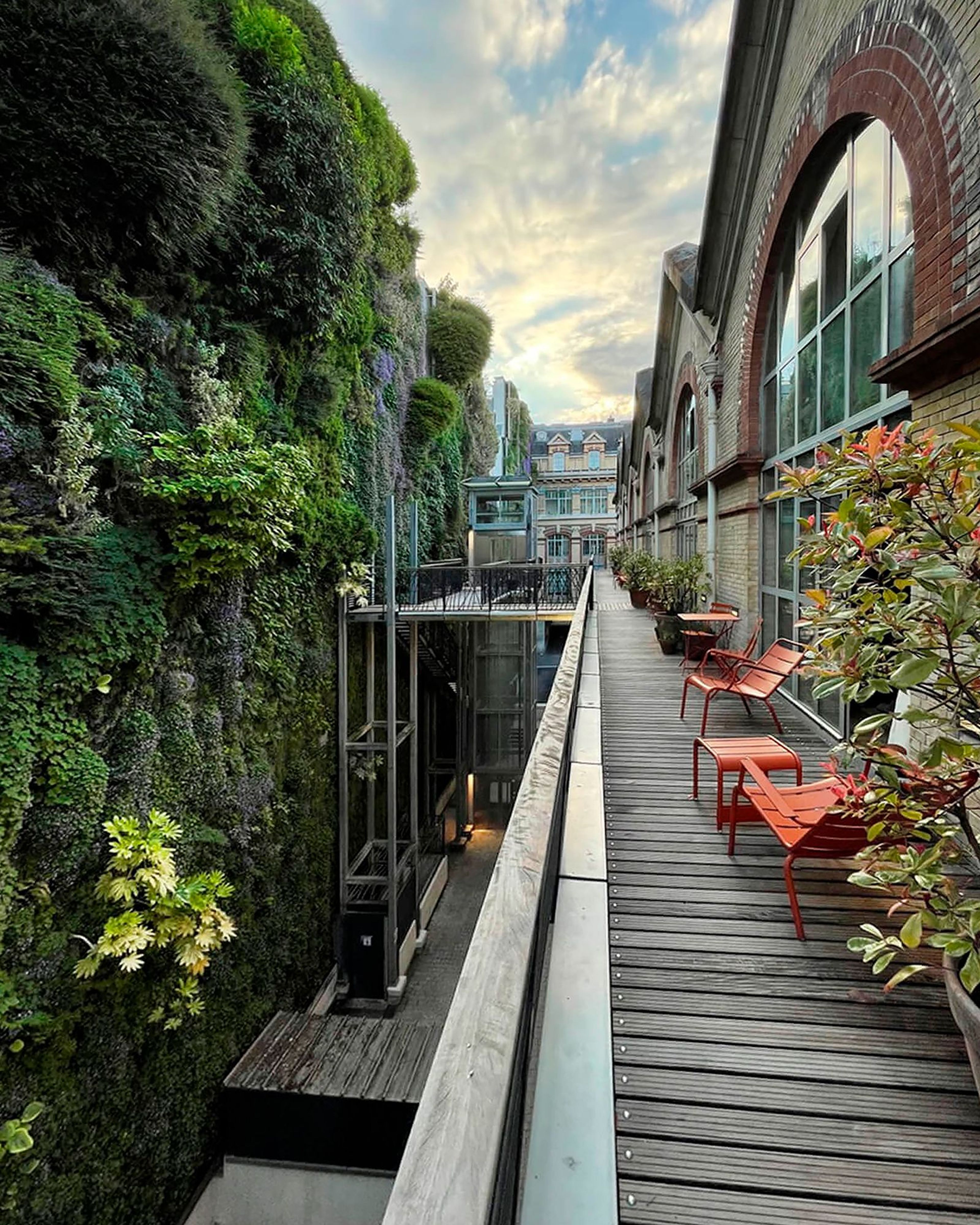
Photograph courtesy of Bernard Crouzet
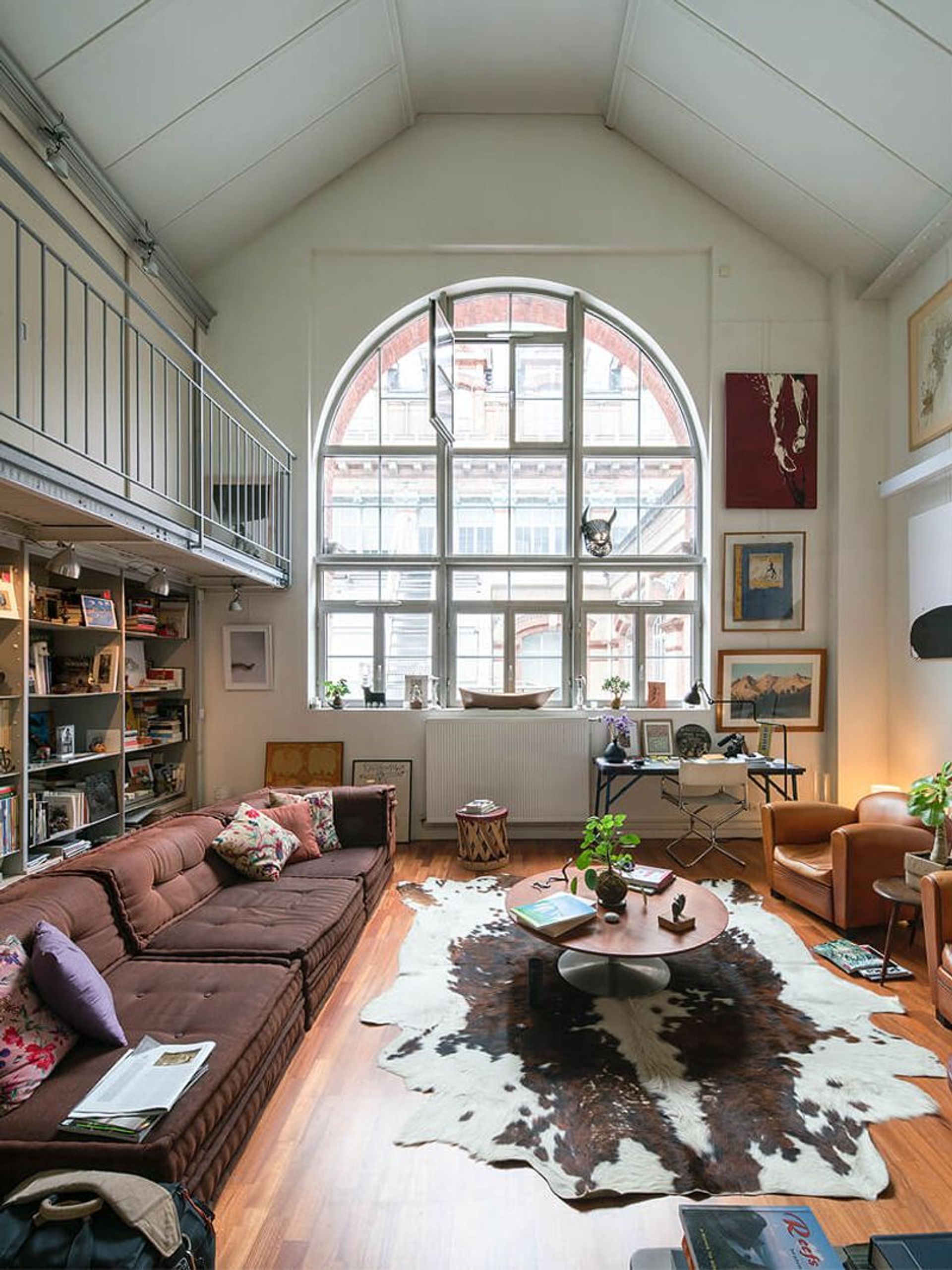
Photograph courtesy of Bernard Crouzet
If Paris' arrondissements are known by their spiraling, escargot shell layout, Bernard Crouzet’s Paris fits into a middle spiral of the snail's back, towards its tail end. His loft is in the 10th arrondissement, a neighborhood that borders the better-known Marais and Bastille quarters to the south, and Pigalle and Montmartre to the west and north.
As we set out on our walkabout, Bernard tells us why he hits the streets every morning. "For inspiration!" he proclaims. "I don’t map out an itinerary. I choose a direction and an end spot, and see where the day takes me. That said, I do start every day reading newspapers, old school, at a big table inside the restaurant at the Grand Amour Hôtel." Which is where we start.
This if-you-know-you-know address by hotelier, graffiti artist and club guru André Saraiva features a restaurant inspired by Viennese cafés and classic brasseries, a BookBar, and an atrium patio. The patio reads more Hollywood Regency than Paris café in its abundance of powder pink and turquoise, and the BookBar is an eclectic dreamscape overflowing with books, vinyl, sofas, and music paraphernalia. Fashionista-filled when we visited, the gathering spot is a casually glam treasure of a place, where name-brand furnishings (Josef Hoffman, Pierre Chareau, Hermès) coexist alongside flea market finds.
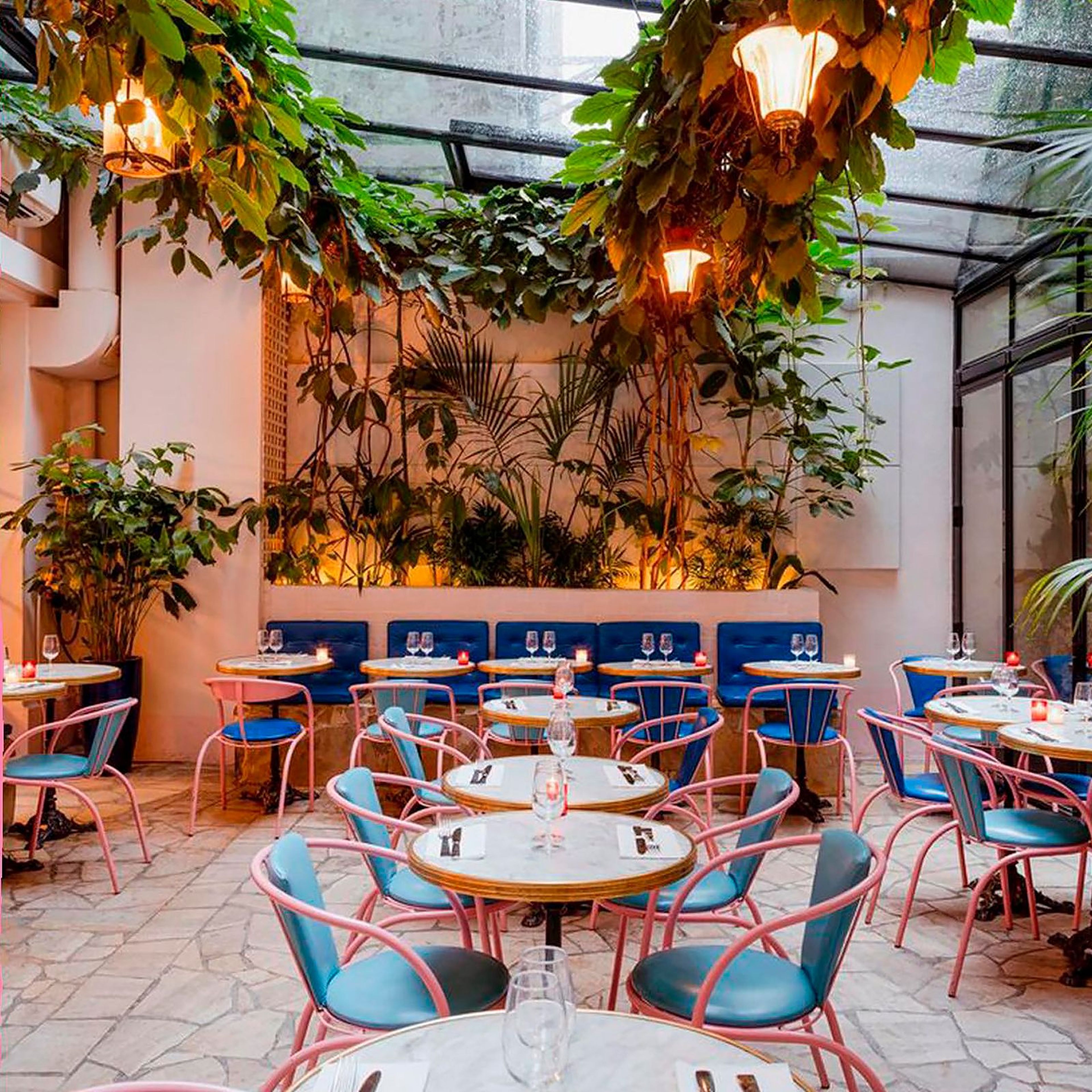
Photograph by @hotelsamourparis
Caffeine-buzzed, we follow Bernard across gritty Boulevard de Magenta and up rue du Faubourg Saint-Martin to Café A and the Maison de l'Architecture, a vast 17th-century convent, barracks, hospital and chapel turned public space that houses an artists' residency program, live music venue, galleries, architectural studios, and the Order of Architects' regional headquarters.
Mysterious and unexpected, this spirited green space is hemmed in by the Jardin de Villemin and anchored by a kiosk-styled café. Entering the rambling ecclesiastical yard through an imposing gate and you first come upon the café, a spot Bernard loves for its secret-garden-like setting. He explains that the vast multipurpose convent became a notorious squat in the 1990s, when a band of artists covered its interiors in graffiti, wild graphics, and wall carvings before a devastating fire shuttered it, leaving it empty for nearly a decade. The 13,000-square-foot complex was reclaimed in the early aughts, the architects keeping much of the historical architecture and edgy urban art intact. Squatter creations are still splashed across the chapel and adjacent halls, with displaced historical carvings, like gargoyles, littering the untamed garden.
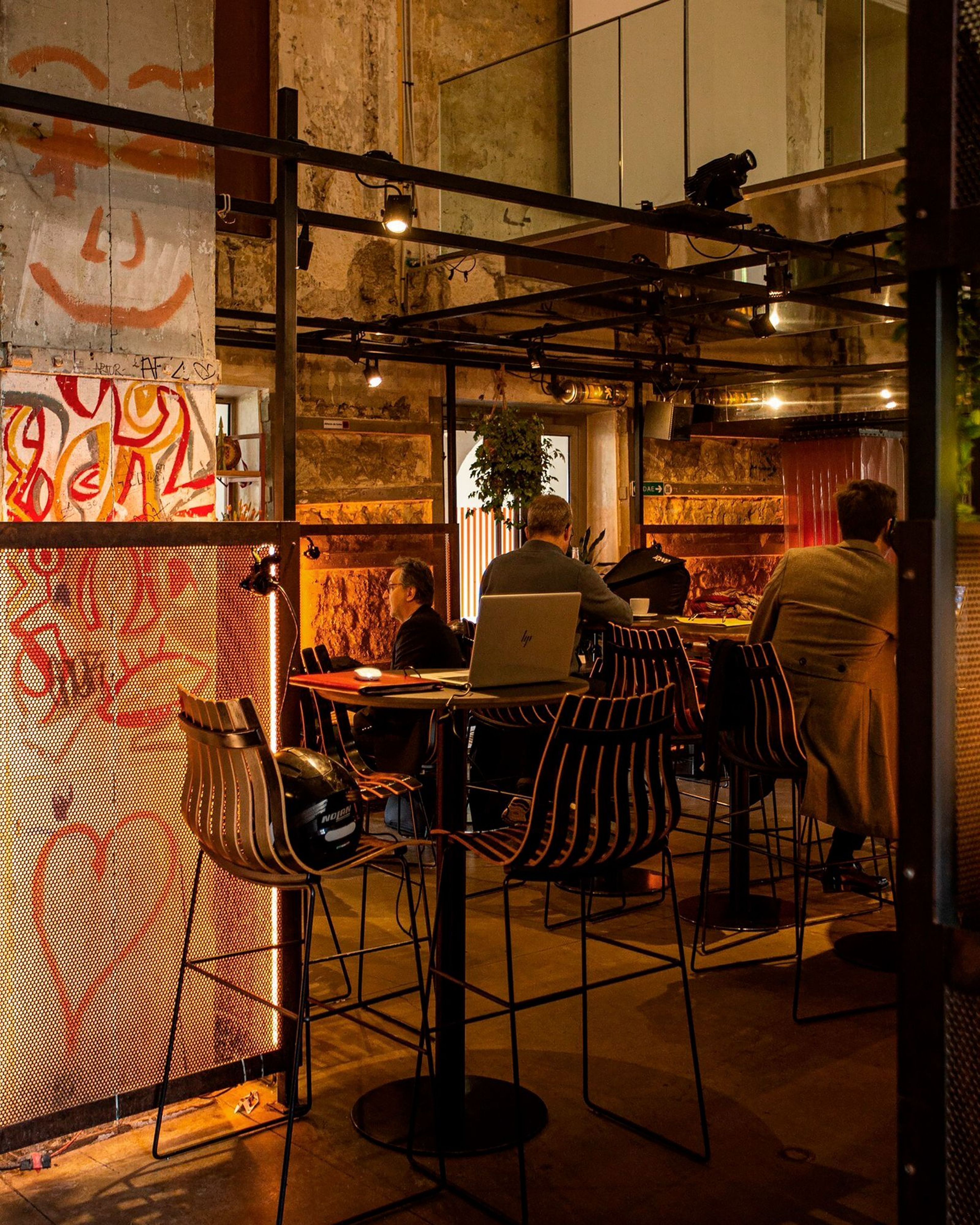
Photograph courtesy of @cafeapics
Next stop? South, into the 11th district by way of the Canal St. Martin, the vibrant waterway that cuts through the neighborhood of the same name. The canal is shaded by chestnut trees and crossed by arching, wrought-iron footbridges and locks, its banks littered with cafés and boutiques, and its cobbled quais filled with picnickers and wanderers. Its waters are plied by pleasure boats, work barges and ducks, and canal tours are available, smaller versions of the tourist boats on the Seine. The 2001 blockbuster film Amelie put the neighborhood on the tourist map, and as we roam its bar, boutique and café filled streets, Bernard recalls a time when the area held less-inspired locations, mostly plumbing and electrical warehouses, vehicle supply shops and squats.
As we roam the canal, Bernard points to Chez Prune as a favorite lunch spot. We chat with the barman and promise to stop in later for an aperitif. Bernard says the corner location is a must for people watching and low-key partying at night, when its warm, eclectic collection of banquettes, barstools and sidewalk seats fill with locals.
Continuing along the canal almost to the spot where it dives underground before resurfacing below Place de la Bastille, we follow Bernard to a favorite lunch stop inside a concept shop he describes as a "quieter version of Merci," the design darling concept shop of the Marais.
A family-run, northern Italian bistro fills the windows of the Borgo delle Tovaglie, and wines, oils, and other Italian delectables line a front wall. Borgo’s back atelier is outfitted with an antique merchant’s cabinet, and the space teems with Italian country-inspired housewares. There are linen textiles, ceramic and glass tableware, objets d’art and vintage miscellany, all artfully curated. We browse first, then we dine. Our rustic wood dining table is set with soft, knotted linens from the shop, and our entrées come served on ceramics for sale. Our banquette seating is plumped by cushions in saturated pinks and warm russets like a Tuscan sunset.
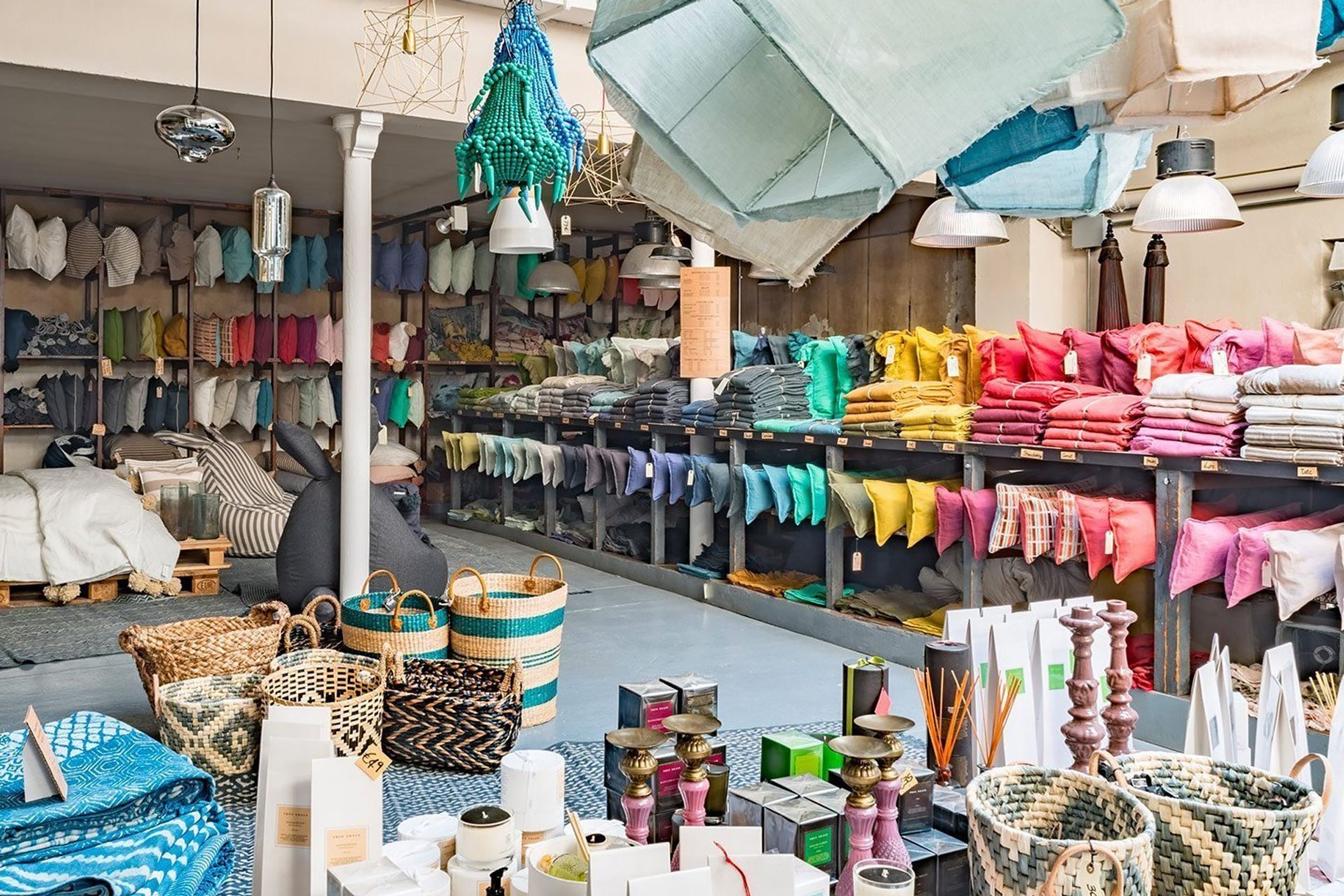
Photograph courtesy of @borgodelletovaglie
Sated and soothed, we step back out, heading in the direction of le Marais, one of Paris’ most celebrated neighborhoods for its medieval avenues and alleys. Le Marais is Paris' original settlement that's home to the city's oldest marketplace (le Marché des Enfants Rouges) and town square (Place de Vosges). It's the place to go for independent boutique shopping, artisanal bakeries, trendsetting cocktail bars and a wildly creative culinary scene, plus dozens of must-see museums and galleries.
We end our walk in the rose garden of the Musée Carnavalet, Paris' history museum. The location is an ode to the city Bernard has just shared with us, a collection detailing the city’s history, from its earliest settlement to the present. We’ve covered a lot of ground, zigzagged through Paris' maze of side streets and meandered its many avenues from Bernard’s loft to here, and the Musée Carnavalet makes for a majestic grand finale.
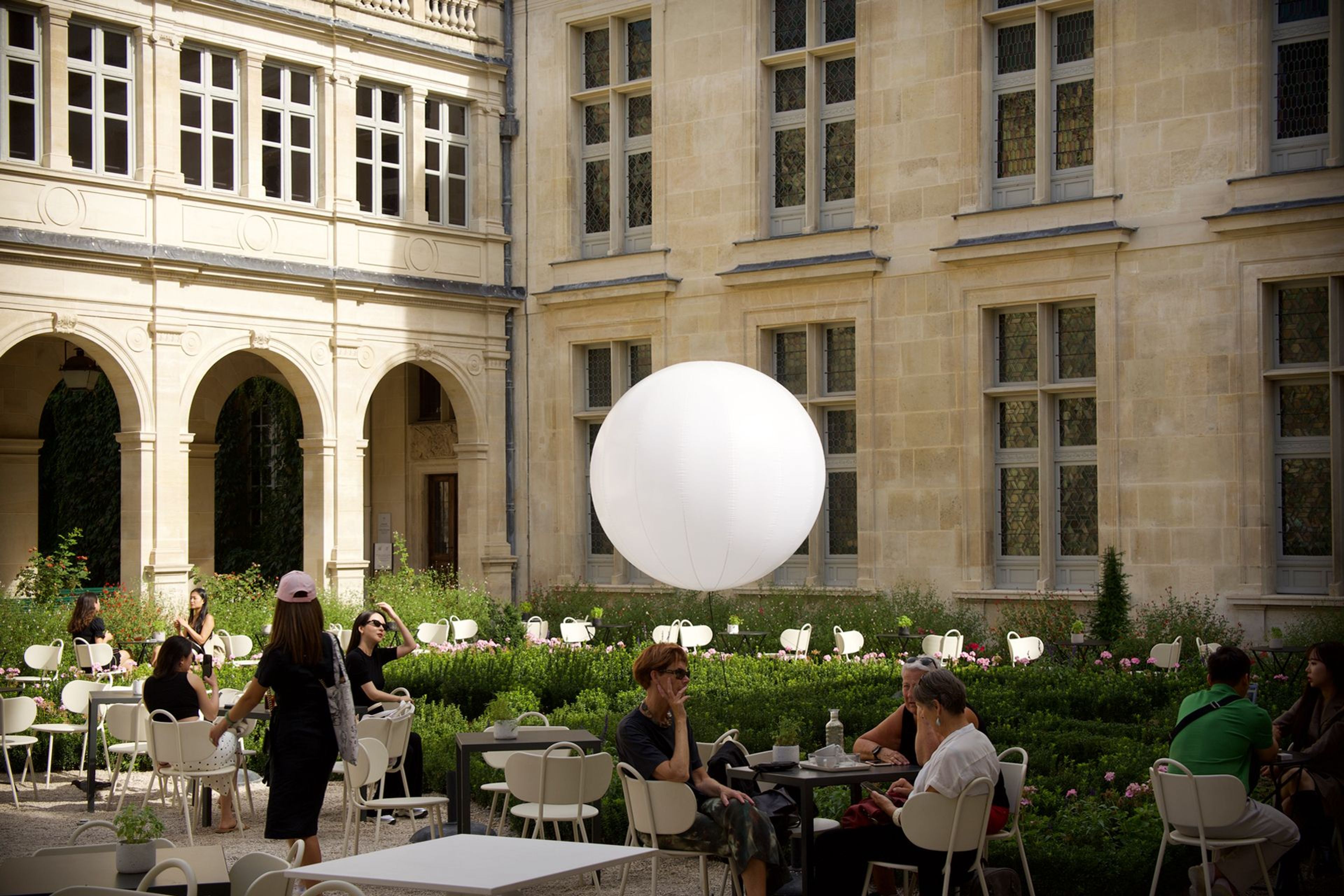
Photograph courtesy of Rebecca Withers
Under the arcades of the museum’s courtyard garden, we sip strident espressos and ooh and aah over the formal French garden from our low-slung contemporary seating by François Champsaur, whose designs furnish the café. Rose bushes, heavy with scented blooms, surround patterned boxwood hedges, punctuated by a suspended contemporary orb against the historical facades. The Carnavalet’s magnificent garden café is hidden from the street and open only between May and October, a fittingly sumptuous spot to end our walk through Paris’s monumental beauty and local buzz.
Follow in our footsteps below, starting with a stay at Bernard Crouzet's urban oasis.
STAY:
EAT:
VISIT:
Photograph of Bernard Crouzet: copyright Bertrand Bahurel

